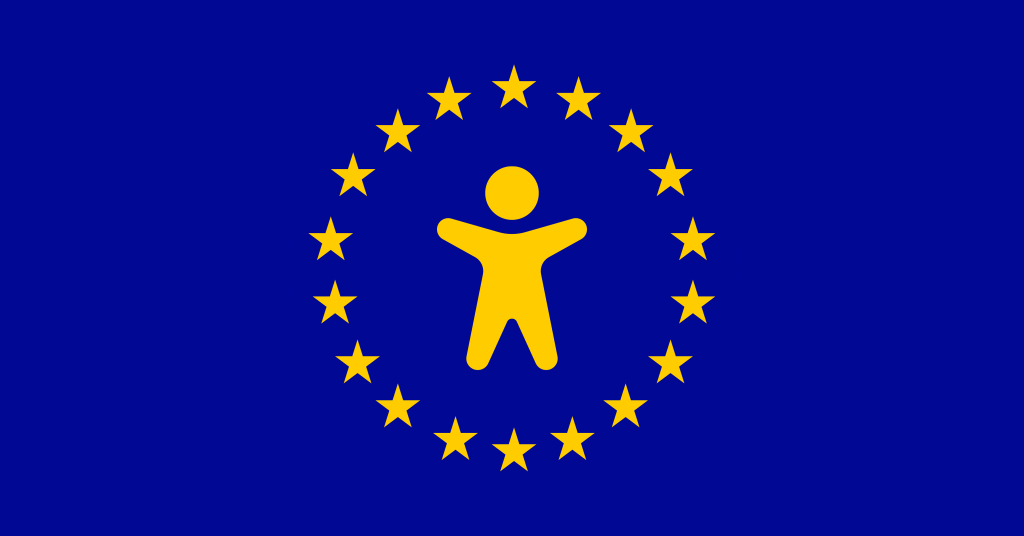How to Prep Your Site for the European Accessibility Act 2025

The European Accessibility Act (EAA) 2025 will establish a firm set of rules and regulations to make a vast range of products and services—including web properties—accessible to all people based in the European Union. Just like GDPR, with a few exceptions for smaller companies, organizations that serve sites to people based in the EU should plan to comply.
Is your site up to the task?
Table of contents
Background of the European Accessibility Act
The EAA was born from the UN Convention on the Rights of Persons with Disabilities (UNCRPD). It was conceived as a progressive step to harmonize accessibility rules across all EU member states.
While the idea was proposed back in 2011, it was designed to complement the EU’s Web Accessibility Directive that came into effect in 2016. The EAA itself was implemented in April 2019, with member states given until June 28, 2022, to integrate it into their local laws.
The full realization of its measures is anticipated by June 28, 2025 with review completed by June 28, 2030 and every five years after.
Key features of the EAA
The EAA is Directive 2019/882, which each member state will adapt into its national law. This directive has a broad scope, affecting a range of products and services, from websites and ecommerce platforms to smartphones and TV equipment.
Microenterprises, defined as businesses employing fewer than 10 people with an annual turnover or balance sheet not exceeding 2 million Euro, are exempt from compliance in 2025.
Benefits of adhering to the EAA
Accessibility is a must for any organization. Building an accessible website reduces barriers for potential customers and promotes equality by ensuring content is available to everyone. This will cultivate a positive brand image and allow you to tap into a larger market, including the estimated 135 million people with disabilities in the EU.
Web accessibility and the WCAG guidelines
So, what does web accessibility really mean? In essence, it’s about ensuring that websites and online content are usable by as many people as possible, regardless of disabilities.
The Web Content Accessibility Guidelines (WCAG) serve as the benchmark here. With three levels—A, AA, and AAA—WCAG provides a comprehensive framework. While A represents basic accessibility, AA is the global standard most websites should aim for. AAA, on the other hand, is more suited for specialized software.
A practical example from the guidelines is the provision of captions for prerecorded audio content, ensuring that deaf and hard-of-hearing individuals can also access the information.
Implications for web developers on WordPress VIP
If you’re a VIP customer, here’s a roadmap to EAA compliance:
- Start by assessing the current accessibility status of your website. Identify any gaps in your accessibility offerings.
- If you’re not already doing so, consider using accessibility-focused tools like some of the accessibility plugins offered for WordPress.
- Implement any accessibility changes and updates required of your digital properties.
- Keep your team informed and trained on EAA requirements and developments, ensuring that everyone—from designers to content creators—understands the importance of accessibility.
If you’re worried about your site’s compliance, we encourage you to reach out to your Technical Account Manager, or one of our featured agency partners that specialize in accessibility, like Level Access or Equalize Digital.
Access for all
The European Accessibility Act is more than just a directive—it’s a vision for an inclusive digital future.
By championing accessibility in every project, developers play a pivotal role in shaping a digital landscape that’s inclusive, welcoming, and beneficial for all.
We encourage all web developers to prioritize accessibility in their projects. By doing so, you’re not just complying with regulations. You’re making the digital world a better place for everyone.
We invite you to share your best practices, insights, and feedback within the WordPress community, fostering a culture of continuous learning and growth.